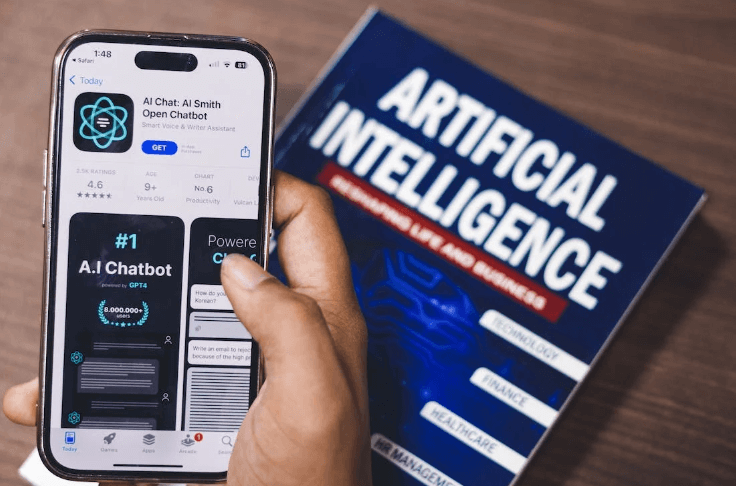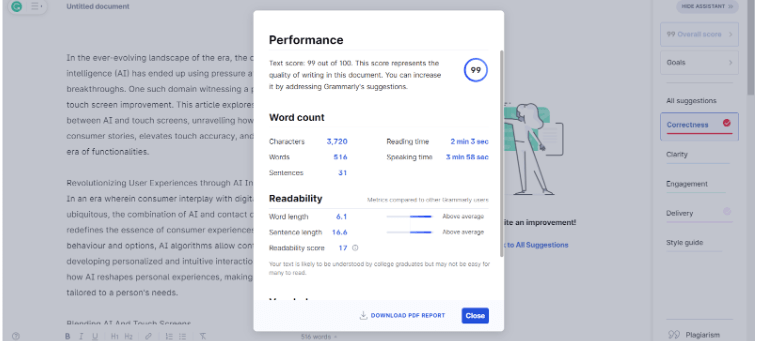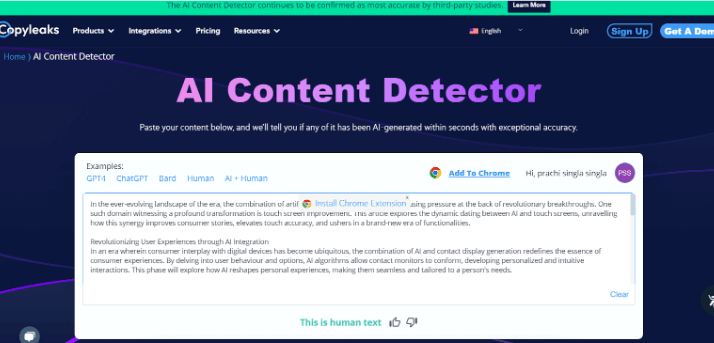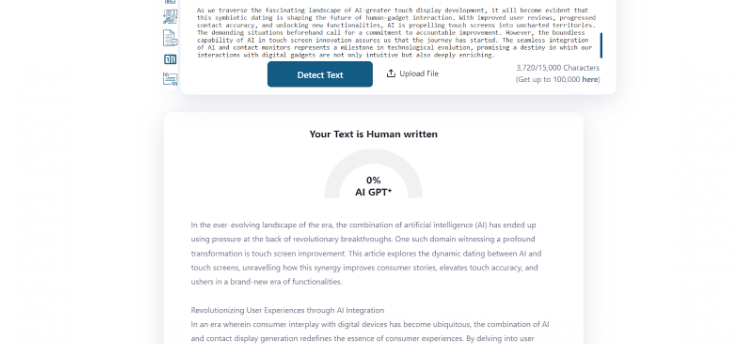
In the ever-evolving landscape of the era, the combination of artificial intelligence (AI) has ended up using pressure at the back of revolutionary breakthroughs. One such domain witnessing a profound transformation is touch screen improvement. This article explores the dynamic fusion between AI and touch screen manufacturers, unraveling how this synergy improves consumer stories, elevates touch accuracy, and ushers in a brand-new era of functionalities.
Revolutionizing User Experiences Through AI Integration
In an era wherein consumer interplay with digital devices has become ubiquitous, the combination of AI and contact display generation redefines the essence of consumer experiences. By delving into user behavior and options, AI algorithms allow contact monitors to conform, developing personalized and intuitive interactions. This phase will explore how AI reshapes personal experiences, making them seamless and tailored to a person’s needs.
Blending AI And Touch Screens
Gone are the days when contact displays replied to our taps and swipes. The integration of AI has multiplied personal experiences to unparalleled levels. AI algorithms examine a person’s conduct and styles, allowing contact displays to evolve and respond intuitively to a person’s options. This personalization not only streamlines consumer interactions but also anticipates personal wishes, imparting a more seamless and exciting experience.
Improving Touch Accuracy With AI
One of the primary demanding situations in contact display screen technology has been achieving high stages of contact accuracy. AI, with its advanced device-studying capabilities, is addressing this challenge head-on. AI algorithms refine contact sensitivity through non-stop studying and calibration, ensuring particular and accurate responses to user inputs. This leap forward is no longer the handiest advantage to everyday customers; however, it also proves essential in professional applications, including design and clinical diagnostics, where precision is paramount.
Enabling New Functionalities
AI’s integration into touch displays is not limited to refining present capabilities but also unlocking new and thrilling functionalities. Gesture recognition, for instance, is a groundbreaking improvement in which AI algorithms interpret complicated hand actions, allowing users to manipulate gadgets with gestures. This innovation has implications across various industries, from gaming to healthcare, offering a fingers-unfastened and immersive revel.
The Intersection Of AI And Haptic Feedback
Beyond visual and gesture-based interactions, AI is also making huge strides in haptic feedback. By leveraging AI, touch displays can simulate tactile sensations, giving customers an extra immersive and practical experience. This sensory revolution is mainly impactful in virtual reality (VR) and augmented fact (AR) packages, in which the feel of contact enhances the general feeling of presence.
Conclusion
As we traverse the fascinating landscape of AI-greater touch display development, it will become evident that this symbiotic dating is shaping the future of human-gadget interaction. With improved user reviews, progressed contact accuracy, and unlocking new functionalities, AI is propelling touch screens into uncharted territories. The demanding situations beforehand call for a commitment to accountability improvement.
However, the boundless capability of AI in touch screen innovation assures us that the journey has started. The seamless integration of AI and contact monitors represents a milestone in technological evolution, promising a destiny in which our interactions with digital gadgets are not only intuitive but also deeply enriching.












